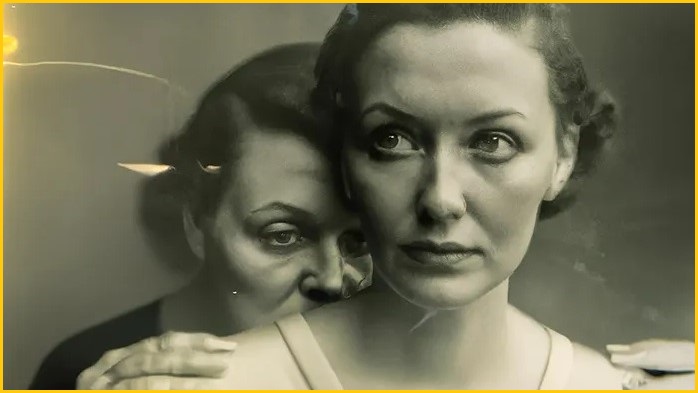When German artist Boris Eldagsen took the stage at the London award ceremony for the 2023 Sony World Photography Awards, he thanked the judges for “making this a historic moment”.
“It is the first AI generated image to win in a prestigious international photography competition,” Eldagsen said, according to a statement on his website.
“How many of you knew or suspected that it was AI generated? Something about this doesn’t feel right, does it?"
He went on to declare that “AI images and photography should not compete with each other” and declined to accept the award.
Eldagsen’s entry into the creative category of the open competition was an intimate portrait of two women in the style of a bygone era.
In the foreground, a woman looks wistfully out of the frame; just behind her an older woman – her mother perhaps – stares with the weight of long decades as she rests her hands on the younger woman’s shoulders to seemingly resist sliding away into the past.
It’s evocative of how new forms of image generation have stepped ahead of photography and other forms of visual arts that, in the digital age, risk becoming antiquated.
Scott Gray, founder and CEO of the World Photography Organisation, said in a statement that photography as a medium “was constantly adapting and evolving”.
“With technological advancements, a wider audience of creators are engaging with lens-based work and we look forward to seeing how this can expand the reach and impact of photography,” Gray said.
What is a photo?
Eldagsen admits that, in his entry, he did not signal that the work was AI generated but he also claimed not to have hidden the fact his work has gradually shifted toward AI in recent years.
The rise of AI carries important philosophical and practical implications that need to be teased out if the integrity of competitions judging the human act of photography, for example, are to be maintained.
“I applied as a cheeky monkey to find out if the competitions are prepared for AI images to enter,” Eldagsen said. “They are not.”
“We, the photo world, need an open discussion. A discussion about what we want to consider photography and what not.”
A similar discussion was sparked last month when Samsung phones were found to be producing sharper images of the moon using AI.
Eldagsen wants to see his artform recognised for what it is, “a co-creation”.
“It is not about pressing a button and it is done,” he wrote on his website. “It is about exploring the complexity of this process, starting with refining text prompts, then developing a complex workflow, and mixing various platforms and techniques.”
Last year an AI-generated artwork won a prize in a US state fair, causing debate about how much of the creative process can be ceded to machines before art stops being art.
Visual artists have rebelled against the scraping of their work by companies looking to train image creators.
Stability AI, maker of the Stable Diffusion tool, is being sued by artists for using their work to create images “based entirely on the training images” that are “derivative works of the particular images Stable Diffusion draws from when assembling a given output”.
Photography company Getty Images is also suing Stability AI for using its photos in training data.










